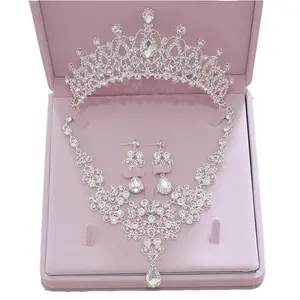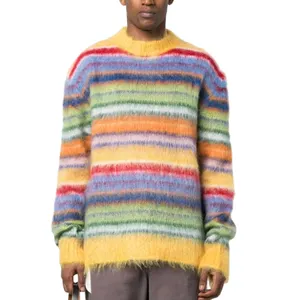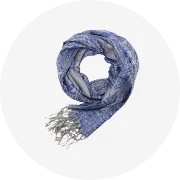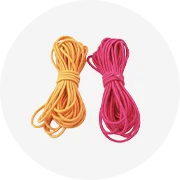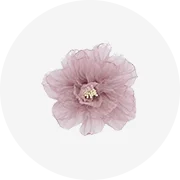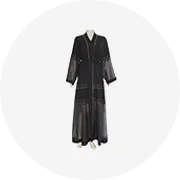Sektörünüzde popüler






Fabrika toptan ucuz en kaliteli 100% polyester saten kurdele yapmak için DIY ambalaj dekoratif
₺0,3418 - ₺41,01
Minimum Sipariş Miktarı: 100 Yarda



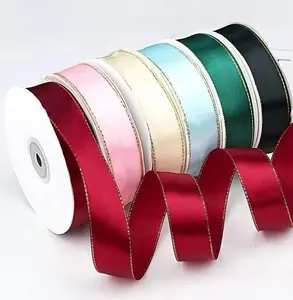

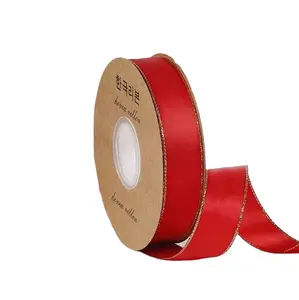

Fabrika toptan ucuz en kaliteli 100% polyester saten kurdele yapmak için DIY ambalaj dekoratif
₺0,3418 - ₺41,01
Minimum Sipariş Miktarı: 100 Yarda






Özel hediye kutusu kişiselleştirilmiş sıcak damga altın folyo şerit özel marka folyo elmas baskılı saten kurdele sarma çiçekler için
₺3,42 - ₺6,84
Minimum Sipariş Miktarı: 1000 Yarda







Özelleştirilmiş 5cm geniş çift taraflı polyester şerit düz renk ambalaj hediye dekorasyon saten kurdele
₺3,76 - ₺7,18
Minimum Sipariş Miktarı: 1000 Yarda






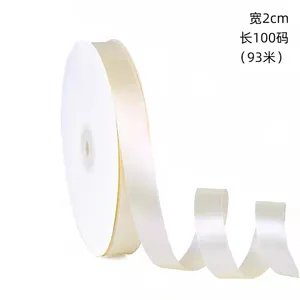
GINYI kaliteli toptan saten kurdele hediye şerit kutuları çiçek sarma ve hediye sarma için logo kurdeleler özelleştirmek
₺0,3418 - ₺3,42
Minimum Sipariş Miktarı: 100 Metre







Japonya'dan ithal jakarlı şerit DIY el yapımı giyim aksesuarları Polyester pamuk desen şerit
₺9,92 - ₺13,33
Minimum Sipariş Miktarı: 100 Yarda






Gordon kurdeleler şerit Sakura japonya'da 3 beyaz altın Trim şeritler
₺7,52 - ₺8,55
Minimum Sipariş Miktarı: 1000 Yarda






2023 klasik kore japonya ikili fırfır katı polyester şerit Diy el yapımı yaylar malzeme konfeksiyon dekorasyon için dalgalı şerit
₺10,94 - ₺12,31
Minimum Sipariş Miktarı: 50 Yarda






Japonya Sakura çiçek logosu ile kalın katlanmış dokuma 5 inç Polyester saten kurdele
₺0,4101 - ₺0,5468
Minimum Sipariş Miktarı: 1000 Adet






Tamam ücretsiz tasarım toptan özel kurdele baskılı silikon
₺2,74 - ₺3,42
Minimum Sipariş Miktarı: 1000 Yarda






Ipek kadife kurdele noel şerit kadife tel kenar kırmızı mor kadife kablolu şerit
₺0,6835 - ₺3,42
Minimum Sipariş Miktarı: 1 Yarda






25 metre/rulo genişliği 1 cm japonya üzerinde kilit şerit PU deri dokuma çekirdek halat bant boru dantel sarma şerit yorgan kapak için
Gönderime Hazır
₺71,77 - ₺95,69
Minimum Sipariş Miktarı: 25 Metre
Parça başına nakliye: ₺10,26






Toptan şeffaf elastik şeffaf tpu bant japonya malzemeleri yapılmış tpu bant
₺187,97 - ₺341,75
Minimum Sipariş Miktarı: 10 Kilogram





Ary sionary inci dalga iplik balık kuyruğu şerit DIY el yapımı kurdele malzeme aksesuarları
Gönderime Hazır
₺6,16 - ₺9,92
Minimum Sipariş Miktarı: 5 Adet
Parça başına nakliye: ₺324,67



Yüksek kaliteli ve güvenilir kadife kurdele japonya'da makul fiyatlarla, örnek seti mevcut
₺43,41 - ₺213,26
Minimum Sipariş Miktarı: 10 Metre






Tamam özel 3 inç masal denizkızı prenses karikatür Unicorn isı transferi grogren şerit şeritler % 100% Polyester ücretsiz kadmiyum
₺3,42 - ₺23,59
Minimum Sipariş Miktarı: 100 Yarda






Saç fiyonkları aksesuarları malzeme çiçek hediye ambalaj şerit için japonya tarzı glitter çizgili şerit

₺13,67
Minimum Sipariş Miktarı: 100 Yarda






GRS sertifikalı kalın katlanmış dokuma 5 inç Polyester saten kurdele ile japonya Sakura çiçek logosu
₺0,4101 - ₺0,5468
Minimum Sipariş Miktarı: 1005 Adet






Gordon şeritleri standart boyut rulo kordon şerit 7/8 grogren kurdele
₺1,37 - ₺2,06
Minimum Sipariş Miktarı: 100 Yarda






Yeni stil japonya ve güney kore kurdele DIY el yapımı Bow malzeme hediye paketleme ekose şerit
₺9,92 - ₺24,61
Minimum Sipariş Miktarı: 50 Yarda






150 metre/rulo genişliği 1 cm japonya üzerinde kilit peluş şerit kadife çekirdek halat bant boru dantel sarma şerit yorgan kapak için
Gönderime Hazır
₺8,55 - ₺13,67
Minimum Sipariş Miktarı: 1000 Metre
Parça başına nakliye: ₺0,6835






Tamam toptan özel baskılı 6MM 50MM Transfer ısı grogren şerit
₺1,71 - ₺2,74
Minimum Sipariş Miktarı: 100 Yarda




Saç fiyonkları kore/japonya baskı şerit için 4cm baskı çiçek tasarım polyester şerit
₺8,21 - ₺9,57
Minimum Sipariş Miktarı: 100 Yarda






Japon jakarlı şerit DIY el yapımı ilmek Polyester pamuk desen şerit
₺9,92 - ₺13,33
Minimum Sipariş Miktarı: 100 Yarda






Tamam ücretsiz tasarım müzikal notlar şerit baskılı müzik zanaat şerit siyah ve beyaz kumaş şeritler
₺1,03 - ₺2,06
Minimum Sipariş Miktarı: 1000 Yarda
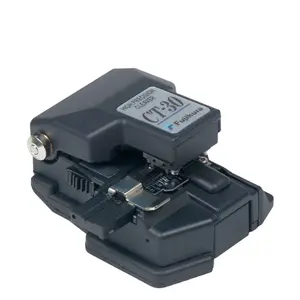





Japonya CT30 fiber Cleaver kesici şerit ct30 akıllı tedarikçisi
₺6.834,96 - ₺27.339,84
Minimum Sipariş Miktarı: 1 Adet




SZ27-76 tırnak parçaları reçine malzeme çok renkli UV baskı japonya kore popüler şerit ile lüks marka logosu tırnak sanat aksesuar
₺2,40 - ₺3,08
Minimum Sipariş Miktarı: 1000 Adet






Yeni büyük güller düğümlü saç bantları şerit japonya ve güney kore bağlı saç kadın saç bantları
Gönderime Hazır
₺14,36 - ₺53,32
Minimum Sipariş Miktarı: 65 Adet
Parça başına nakliye: ₺35,89






Yeni stil ekose kurdele DIY el yapımı Bow malzeme hediye paketleme, japonya ve güney kore şerit
₺9,92 - ₺24,61
Minimum Sipariş Miktarı: 50 Yarda






Kore/japonya toptan 25/40 cm nakış dantel çiçek pamuk şerit kabartmalı çiçek şerit saç fiyonkları konfeksiyon kemer şapka dekor
₺10,94 - ₺12,99
Minimum Sipariş Miktarı: 100 Yarda






Orijinal 1000 baskılar EDIsecure XID DIC 10216 YMCK renkli şerit
₺5.126,22 - ₺6.834,96
Minimum Sipariş Miktarı: 1 Rulo











Polietilen flok kadife şeritler ve kafa bandı Kelebek Düğüm Yapma Makinesi
Gönderime Hazır
₺18.796,14 - ₺24.605,86
Minimum Sipariş Miktarı: 1 Takım
Parça başına nakliye: ₺410,10






Yüksek kalite fabrika fiyat japonya dolum yazıcı toner tozu için OKI C911 C931 C941 Pro 9541 9542 9431 Pro9542 C833 C844
₺170,88 - ₺2.221,37
Minimum Sipariş Miktarı: 10 Kilogram






2020 sıcak satış yeni özel antika pirinç 3d metal madalyon emniyet pimi ve şerit
₺9,57 - ₺22,22
Minimum Sipariş Miktarı: 50 Adet
En iyi kategoriler
şerit japonya hakkında
Alibaba.com 7528 şerit japonya ürünü sunuyor.

